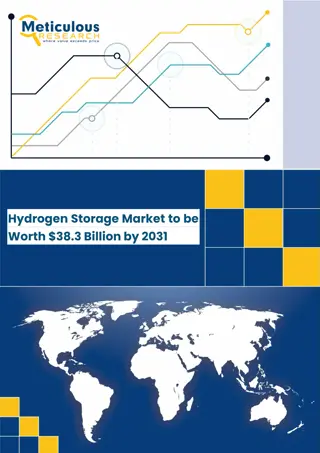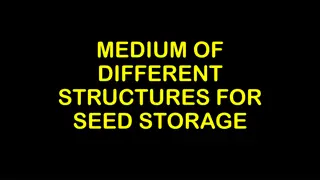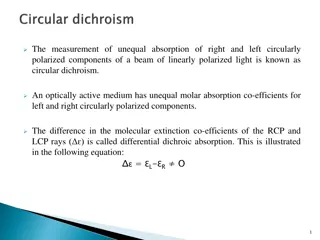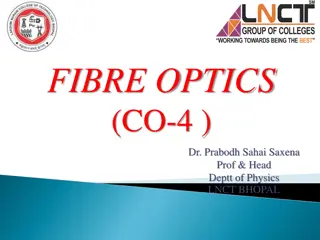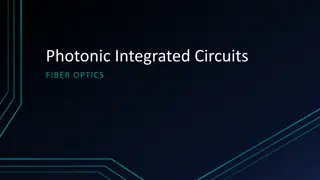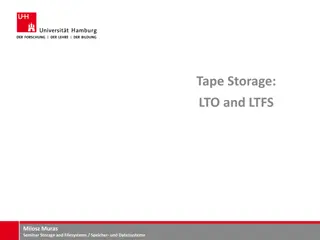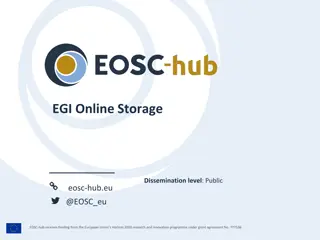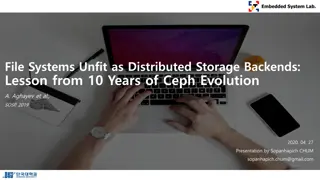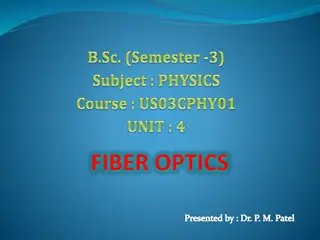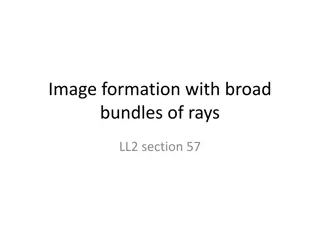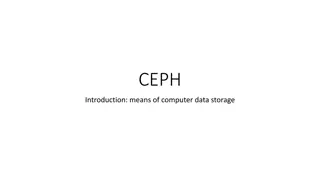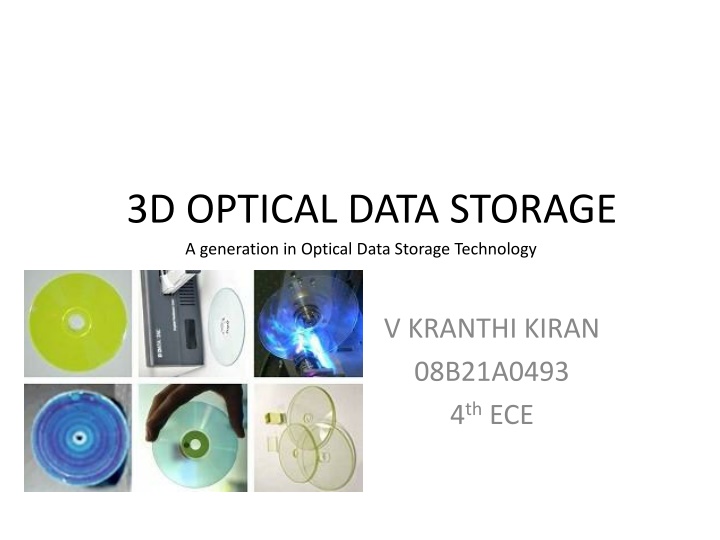
Revolutionizing Data Storage with 3D Optical Technology
Explore the evolution of data storage technology from magnetic tapes to 3D optical storage, offering vast data storage capabilities. Learn about the design processes, reading and writing data methods, and drive design in this insightful overview.
Uploaded on | 1 Views
Download Presentation

Please find below an Image/Link to download the presentation.
The content on the website is provided AS IS for your information and personal use only. It may not be sold, licensed, or shared on other websites without obtaining consent from the author. If you encounter any issues during the download, it is possible that the publisher has removed the file from their server.
You are allowed to download the files provided on this website for personal or commercial use, subject to the condition that they are used lawfully. All files are the property of their respective owners.
The content on the website is provided AS IS for your information and personal use only. It may not be sold, licensed, or shared on other websites without obtaining consent from the author.
E N D
Presentation Transcript
3D OPTICAL DATA STORAGE A generation in Optical Data Storage Technology V KRANTHI KIRAN 08B21A0493 4thECE
ABSTRACT Storing data is becoming an important task in our regular e-life, this process is having a great history as magnetic tapes, gramophone records, floppy disks, optical storage disks, flash cards and so on. So the change is in the amount of size of data it can store and the space occupied of disk. For this 3D optical type is going to be a best alternative.
CONTENTS HISTORY MEDIA DESIGN PROCESSES FOR CREATING WRITTEN DATA PROCESSES FOR READING DATA DRIVE DESIGN DEVELOPMENT ISSUES APPLICATIONS CONCLUSION
HISTORY MAGNETIC TAPES HARD DISKS OPTICAL DISKS FLASH DRIVES so on. 1980s Peter T. Rentzepis
MEDIA DESIGN The active part of 3D optical storage media is usually an organic polymer either doped or grafted with the photochemically active species. This photo sensitivity is the main aspect in reading data in some methods.
PROCESSES FOR CREATING WRITTEN DATA Data recording in a 3D optical storage medium requires that a change take place in the medium upon excitation If the photochemical change is reversible, then rewritable data storage may be achieved multilevel recording, where data is written in grayscale rather than as on and off signals
PROCESSES FOR READING DATA Reading of data from 3D optical memories has been carried out in many different ways. Measurement of small differences in the refractive index between the two data states. Linear excitation of fluorescence - has some potential problems because the addressing light interacts with many other data points Each spot is located using the tracking data path.
DRIVE DESIGN Laser- 532 nm - solid-state lasers or pulsed lasers Optical system- must combine and separate different colours of light as required Detection- special light collection optics Data tracking- Once the data is identified along the z-axis its similar to routine.
DEVELOPMENT ISSUES Destructive reading- use of different absorption bands for each process Thermodynamic stability- extensive research was conducted to find more stable chromophores for 3D memories Media sensitivity- Researchers typically use Ti-sapphire lasers to achieve excitation
APPLICATIONS Wide chance of storing data in a less space such as a DVD Servers Databases Social networking And so on as we need to save the data
CONCLUSION 3D optical data storage is the form of optical data storage which is really a good alternative for the data storage required in now-a-days life which is having a lot of data to store. As it can store about 217 DVD s in a single disc.
REFERENCE http://en.wikipedia.org/wiki/3D_optical_data_storage http://www.riken.jp/lab- www/library/publication/review/pdf/No_49/49_052.pdf http://www.rsc.qut.edu.au/studentsstaff/training/Posters/QU T%20Research%20Poster_Sando.pdf
THANK YOU

